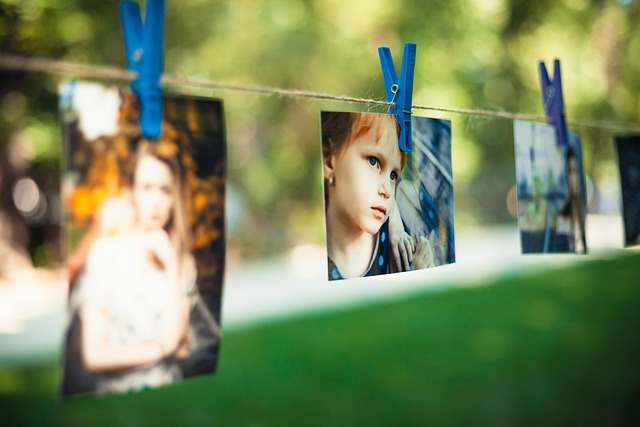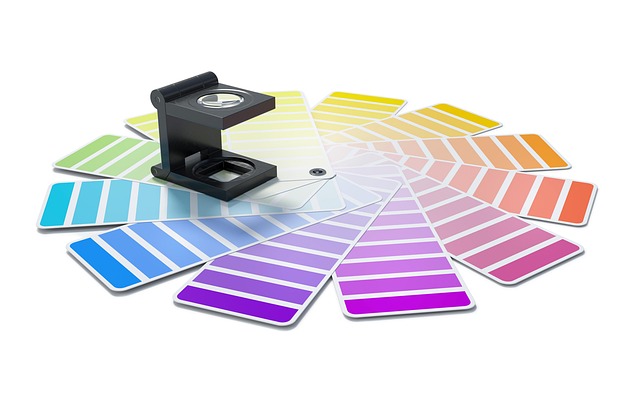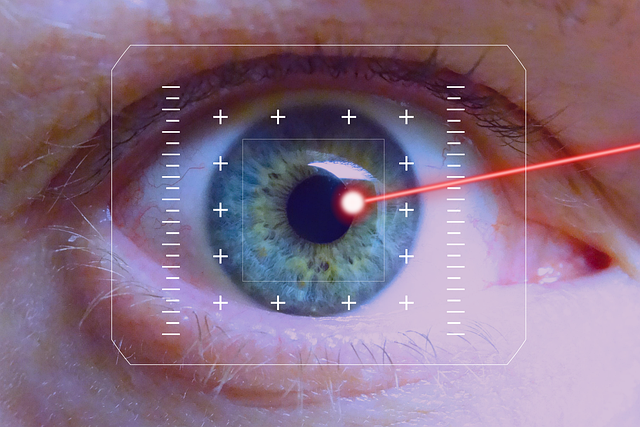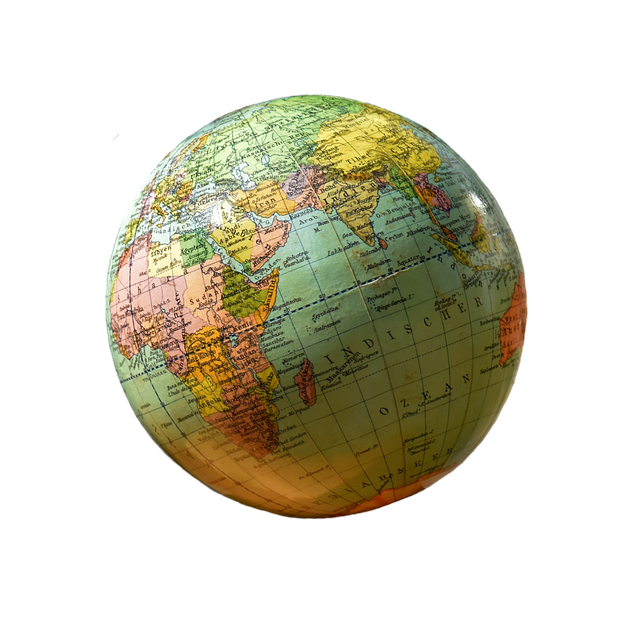In the quiet corridors of the city’s newest cultural hub, a new kind of gallery has opened its doors. It is not a conventional museum of paintings or a traditional photo studio; it is an immersive space where the boundaries between photography, fine art, and contemporary design blur. Visitors step into a setting that feels more like an evolving canvas than a static display, where light, texture, and narrative intertwine to form a holistic experience. This is the artistic photo exhibition that has already begun to reshape how audiences perceive the marriage of image and environment.
From Snapshot to Storytelling: The Evolution of Artistic Photo Exhibitions
Photographic exhibitions have long been a platform for artists to present their visions, but the term “artistic photo exhibition” carries a nuanced implication that goes beyond mere technical skill. Historically, early 20th‑century photography salons showcased still lifes and portraits, often framed by the expectations of the art market. As the medium matured, photographers like Ansel Adams and Diane Arbus used exhibitions to challenge visual norms and question cultural narratives.
With the advent of digital technology, the scope of artistic photo exhibitions broadened. Now, photographers can combine high‑resolution images with mixed media installations, interactive projections, and even virtual reality experiences. The modern artistic photo exhibition is a multidisciplinary forum where composition, color theory, and spatial dynamics coalesce, allowing the viewer to inhabit the work rather than merely observe it.
Thematic Vision: Where Art Meets Design
The current exhibition is built around the central idea that every photograph is a design in itself. The curators have meticulously arranged the space to highlight the interplay between form, texture, and narrative. Each section of the gallery is dedicated to a different facet of design—light, geometry, color, and texture—while still maintaining a cohesive photographic narrative.
To illustrate this fusion, the exhibit incorporates architectural elements such as modular wall panels that shift to reveal new layers of imagery. Lighting is not simply functional; it is choreographed to alter the perception of depth, creating an atmosphere that feels both intimate and expansive. By treating each photographic piece as an integral component of a larger design dialogue, the exhibition invites viewers to reconsider the role of composition in storytelling.
Featured Artists and Signature Works
One of the hallmarks of this artistic photo exhibition is its diverse roster of artists, each bringing a unique lens to the exploration of art and design. A standout piece is Maya Thompson’s “Urban Fragments,” a series of high‑contrast black‑and‑white images that dissect cityscapes into geometric patterns. The photographs are displayed against a backdrop of textured concrete, reinforcing the relationship between image and environment.
“When you step into a space like this, the photographs seem to breathe alongside the architecture,” says Thompson. “It’s a conversation between the static and the dynamic, between the captured moment and the ongoing flow of life.”
Another notable contribution is by photographer‑designer Luca Bianchi, whose “Light Threads” installation uses fiber optics to trace the movement of daylight across a series of translucent frames. The interplay of light and image turns the gallery into a living sculpture, demonstrating how photography can become a component of experiential design.
Interactive Technology: Engaging the Audience in New Ways
Technology has become an essential tool for elevating artistic photo exhibitions. In this particular exhibition, visitors can interact with augmented reality overlays that reveal hidden layers of each photograph. By pointing a tablet or smartphone at a frame, a subtle animation appears, offering insights into the artist’s process—such as camera settings, lighting setup, or the time of day when the image was captured.
Additionally, a sensor‑based soundscape accompanies each section of the gallery. As guests move through the space, subtle shifts in ambient sound echo the rhythm of the images, creating a synesthetic experience where sight and sound merge. This approach transforms passive observation into an active, multisensory exploration.
The Impact on Contemporary Photography
The artistic photo exhibition under discussion has had a ripple effect across the contemporary photography community. Many emerging photographers now view the exhibition as a blueprint for how to integrate design principles into their own work. By showcasing how photography can act as both an art form and a design element, the exhibition encourages artists to think beyond the frame and consider spatial context, materiality, and interactivity.
- Incorporation of mixed media: Photographers are blending digital prints with physical objects, creating layered compositions that challenge the notion of a “pure” image.
- Audience engagement strategies: Artists are developing installations that respond to viewer movement, blurring the line between creator and spectator.
- Use of sustainable materials: The exhibition has highlighted the importance of eco‑friendly printing techniques and recyclable display materials, prompting artists to adopt greener practices.
Future Directions: Where Art, Design, and Photography Converge
Looking ahead, the dialogue between art and design within the realm of photography is poised to deepen. One emerging trend is the use of generative AI to create image‑based designs that evolve over time, offering new ways to explore visual storytelling. Another is the integration of responsive environments—where the gallery space itself changes in response to the displayed images, creating a dynamic feedback loop between art and architecture.
Moreover, as the exhibition continues to attract a global audience, the conversation is expanding to include cultural narratives that reflect diverse perspectives on design and imagery. This inclusivity enriches the artistic photo exhibition, ensuring that it remains a living, evolving platform for creative exchange.
In conclusion, the artistic photo exhibition showcased in this new cultural hub exemplifies how photography can transcend its traditional confines to become a vibrant component of contemporary design. Through thoughtful curation, interactive technology, and a commitment to sustainability, the exhibition invites audiences to experience images not just as pictures, but as integral parts of a holistic artistic experience. As the boundaries between disciplines continue to blur, such exhibitions will play a crucial role in shaping the future of visual storytelling, proving that when art and design collide, the possibilities are limitless.




